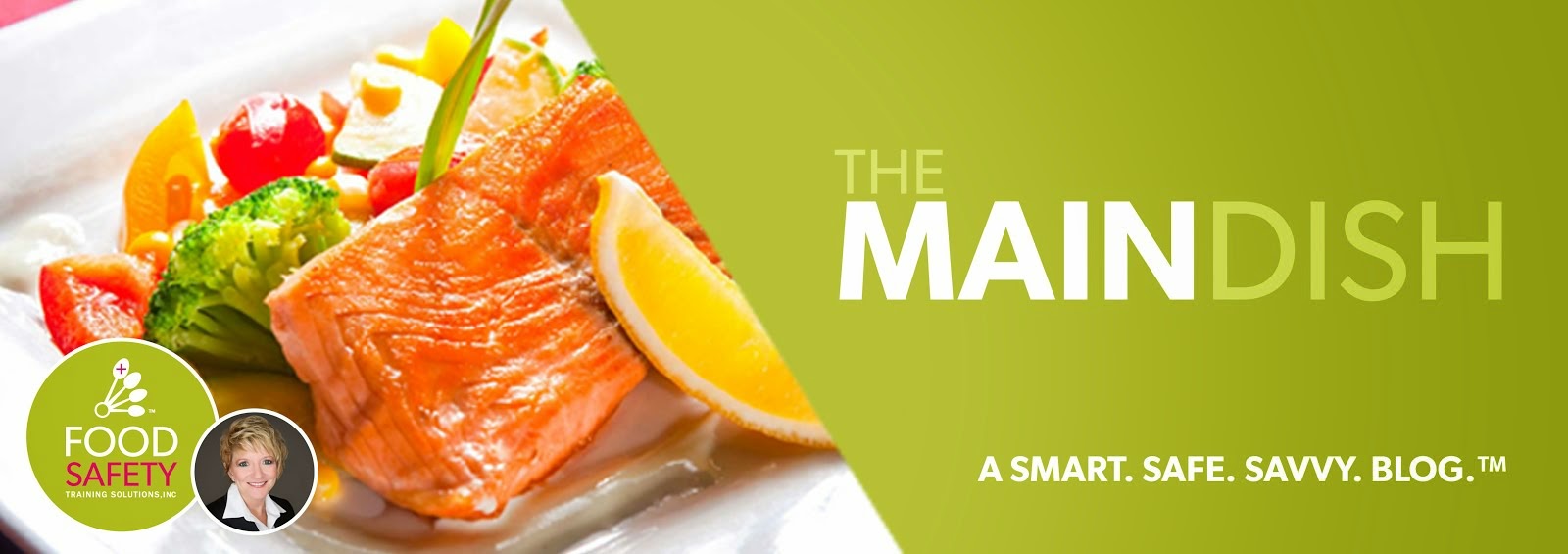 |
| By Francine L. Shaw |
Food safety became a mainstream topic in 1993 when a Jack in the Box E. coli outbreak infected 732 people, including four children who died from the incident, which was linked to undercooked burgers. The tragedy made national headlines, severely damaged the restaurant chain’s reputation, and nearly caused them to go out of business.
The media coverage around the frightening outbreak put foodborne illness in the spotlight. A decade later, a Chi-Chi’s restaurant in Pennsylvania had a hepatitis A outbreak, linked to the restaurant’s salsa and chili con queso, which killed three people and sickened 555 others. Chi-Chi’s couldn’t recover from this crisis and has since closed. More recently, Chipotle Mexican Grill was responsible for numerous foodborne illness outbreaks, spanning multiple states and sickening hundreds. Unfortunately, there are countless examples of food safety crises due to errors in the kitchen or somewhere within the food service supply chain.
Of course, foodservice employees never intend to harm guests with foodborne illnesses, allergic reactions, health violations or other food safety issues. In fact, foodservice professionals work diligently to implement and maintain careful food safety protocols to protect their customers’ health. But sometimes—even with the most careful food safety protocols in place—there’s a crisis. Perhaps a burger wasn’t cooked to proper temperature. Maybe a health inspector found violations severe enough to shut down a restaurant’s kitchen. Regardless of the specifics, the restaurant is facing a crisis.
What happens next?
Ideally, restaurant owners and managers have thought about crisis management—and developed an actionable plan—before anything bad actually happens at their venue. All food service businesses should create a crisis plan before a crisis occurs to follow if the worst-case scenario happens. Food safety incidents can be terrifying for all involved, so develop a plan that outlines how to manage a crisis, minimize damage, and rebuild to be stronger (and safer) than ever. Remember that a food safety crisis can include more than foodborne illnesses—it can be a failed health inspection, a food-allergic customer having a severe reaction, etc., so have a thoughtful plan that can serve as a guide for any possible scenario.
When creating a crisis plan, consider and implement the following:
Determine how the incident happened. Did an employee make an error in the kitchen? Did a vendor mislabel ingredients, causing an allergic reaction? Was a delivery driver holding foods at unsafe temperatures? Carefully (and promptly) pinpoint the source of the problem, and take steps to correct future issues (e.g., change vendors, retrain your employees, etc.)
Create honest, authentic and apologetic messaging.The details will, of course, depend on the specifics of the crisis situation. Regardless of what happened, honestly describe the situation, how it happened, and the solutions-focused plan that will move the restaurant forward and prevent reoccurrences.
Train (or re-train) staff on food safety protocols. Be certain that everyone is knowledgeable about food safety (e.g., how to prevent cross-contamination and cross-contact, properly prepare allergy-friendly meals, take temperatures of specific foods, read ingredient labels, etc.) to avoid similar crisis situations in the future.
Be honest and straightforward with the media. Explain what happened, how it happened, and how similar incidents will be prevented in the future. Never say “no comment.” Explain where there was a breakdown in the process and the concrete steps to fix the issue and prevent a reoccurrence.
Win back customers’ and employees’ trust. Again, be sincere and apologetic. Talk about actionable steps to prevent reoccurrences. If the issue was a failed health inspection, explain why the restaurant failed, explaining whether it was a single error vs. multiple infractions. Emphasize how/why their loyalty is so important, and vow to earn their trust again. Realize that actions speak louder than words—so do what you’ve promised to do.
Use social media wisely. Monitor social media (Facebook, Twitter, Instagram, etc.) and respond to negative and/or erroneous comments. Stay positive and solutions-focused. Don’t get defensive and don’t get sucked into toxic, negative message spirals.
Designate a media spokesperson. When facing a serious issue, the restaurant CEO/owner/president should be the spokesperson, as the public wants to see the head of the company speaking authoritatively about the incident and the plans to resolve the problem. The CEO should be working with a professional crisis management team so they don’t do more harm than good in interviews. Case in point: Chipotle CEO Steve Ells’ interview on the Today Show during the Chipotle crisis in 2015. His nervousness could have been portrayed as a lack of confidence in the brand when he really just does not like being in front of the camera. Some practice doing interviews in front of cameras may have served him well. A good crisis management consultant would have prepared him for that interview or, perhaps, advised that someone else may have been better suited to handle the media.
Communicate consistent messages. Crisis messages should be consistent across all delivery channels. In other words, messages to the media should be the same as messages on Facebook, customer interactions, explanations to employees, etc.
Stay calm. While it’s upsetting (and terrifying) to be in a crisis situation, remain calm while recovering from the incident. Follow the crisis plan and communicate clear, consistent messages to priority audiences (customers, prospects, employees, the media, vendors, health inspectors, advertisers/sponsors, etc.). Demonstrate the efforts that are being implemented to prevent similar incidents in the future.





